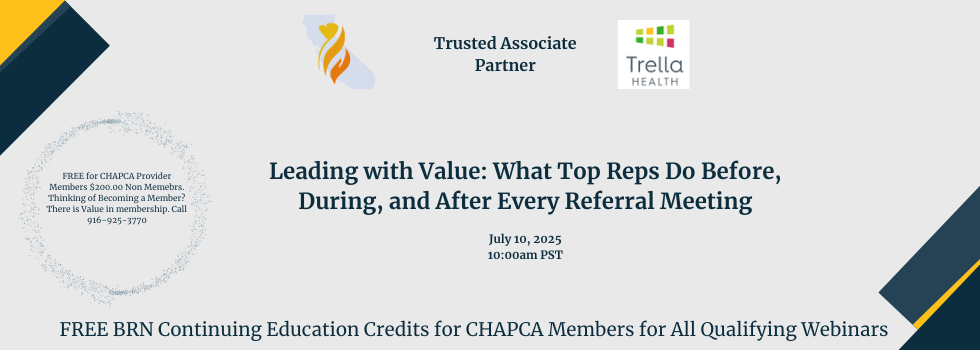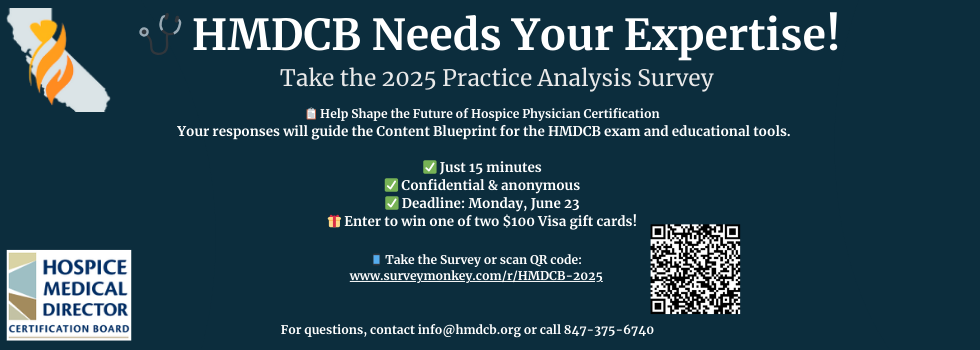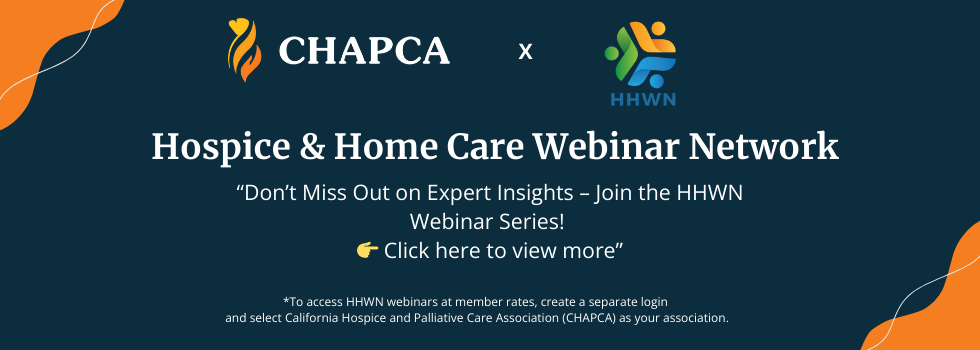- What is Hospice and Palliative Care?
- History of Hospice
- What is Hospice Care?
- What is Palliative Care?
- What is Aid in Dying?
- Don't Wait to Talk about the Care You Would Want
- Caregiving, What’s Your Plan?
- Life Stories Create Memories
- Advance Directives
- Get Your Advance Care Planning Guide
- Choosing a Hospice or Palliative Care Provider
- Grief and Loss
- CHAPCA Resources Library
- Additional Helpful Websites
- Hospice Fraud
- Program | Services | Jobs
- Join CHAPCA
- Donate | Advocate | Volunteer
- About Us
Home
|
Lorman: Ergonomics: A Guide to Safe Posture and Movement in the Workplace
Tuesday, June 30, 2020, 8:00 AM - 5:00 PM PDT
Category: Live Webinar
Gain ergonomic tools you can implement and share with your employees immediately.
Oftentimes presentations on ergonomics focus on using formulas to try and identify areas of change to implement in hope of reducing the resulting muscular strains, sprains or more serious spinal issues that bring such pain to our employees and cost to our businesses. Trying to understand these ergonomic tools (RULA, REBA< NIOSH Lifting Equation ...) seems to take an advanced degree. This information will present the topic of ergonomics in an easy to understand manner and equip you with tools that you can implement and share with your employees immediately. Back, neck and spine injuries along with musculoskeletal aches and pains can nickel and dime your health department even when they are not so severe that they result in surgical interventions. As management personnel responsible for the health and welfare of our workforce, we often struggle to find ways to effectively result in changes in behaviors for our employees when it comes to safety issues. It is easy to ensure they wear safety glasses, hearing protection, hard hats and steel toed boots. But how do you effectively change their behavior when it comes to issues that can have devastating impact on their health/function, not to mention your bottom line. To effectively affect a change in behavior requires the employee(s) to know the why; why they are being asked to do something different or what’s in it for them. Without this knowledge, behavior change will not come or it will not last. This information, presented by an occupational therapist who is actively working with injured workers every day, will provide you with a teaching format that you can adapted and present to your employees.
Learning Objectives
|






 Prev Month
Prev Month View Month
View Month Search
Search Go to Month
Go to Month Next Month
Next Month
 Export Event
Export Event 